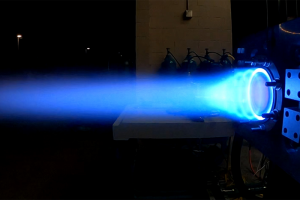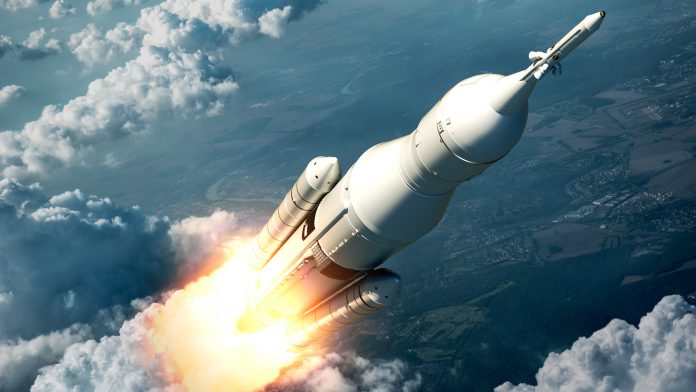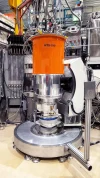A researcher from the University of Central Florida has been awarded $50,000 by NASA to pioneer the fastest rocket engine to date, an advancement that promises to revolutionise future space missions.
The groundbreaking project will innovate the rotating detonation rocket engine. This type of rocket engine employs high-energy explosions to cultivate more energy while using less fuel, which significantly boosts engine efficiency and reduces space travel costs and emissions. The technology may also be utilised in aeroplanes, taking transatlantic flight times from hours to mere minutes.
What is a rotating detonation rocket engine?
The rotating detonation rocket engine is powered by constant Mach 5 explosions that rotate throughout the inside of the engine. These explosions are fuelled by hydrogen and oxygen propellants that are fed into the system in specific amounts.
Mach 5 explosions yield bursts of energy that travel between 4,500 and 5,600 miles per hour – which is over five times the speed of sound. By harnessing the substantial power of these high-energy detonations, more energy can be generated with less fuel. This drastically optimises engine efficiency, making space travel more economical whilst limiting harmful emissions.
What will the project involve?
The endeavour will be led by Kareem Ahmed, who for years has been researching rotating detonation rocket engines and is an associate professor in the University of Central Florida’s Department of Mechanical and Space Engineering.
The $50,000 funding will enable the team to develop a rotating detonation rocket engine replacement for the traditionally used RL10 engine that currently powers most space flights, such as the imminent Artemis missions.
Variants of the RL10 engine are also used in various launchers, including the Atlas V, Vulcan, and Orbital ATK OmegA. The researchers have already published a study proving the potential performance of the rotating detonation rocket engine.
Ahmed commented: “We have demonstrated the technology. Now it is time for development. Seeing as the US Government is the largest user of launch services in the world, advancing lower-cost, high-performance rotating detonation rocket engine technology will lead to significant cost savings.”

Further commercial uses
This cutting-edge type of engine could also have a range of commercial applications, enabling new markets, such as global satellite-based high-speed internet services because of the cheaper launch costs.
Moreover, federal agencies, including NASA, the Department of Defense, the National Reconnaissance Office, and the National Oceanic and Atmospheric Administration, rely on satellites and would benefit from the technology.
Rotating detonation rocket engines may also be utilised to enhance commercial air travel, allowing for coast-to-coast travel in under 30 minutes and flights from New York to London in just five minutes.









